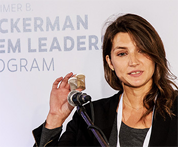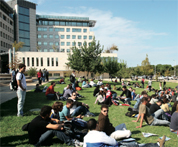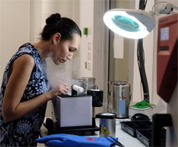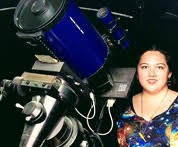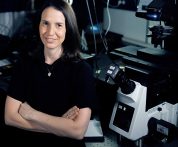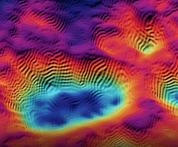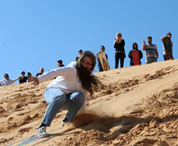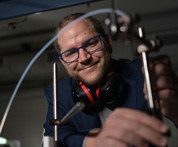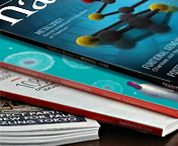At his lab in the Sagol Department of Neurobiology at the University of Haifa, David Deutsch is studying the neural basis of social communication, using Drosophila melanogaster (the fruit fly) as a model system. Leveraging his postdoctoral work, Dr. Deutsch will use brain imaging, behavioral quantification, neural tracing and computational modeling to identify neural mechanisms and principles for the processing and production of socially meaningful communication.
Dr. Deutsch conducted his doctoral research in the Neurobiology Department at the Weizmann Institute. In his PhD he used the rat whisker system as a model for studying the principles that underly what is known as active sensing. Humans move their eyes to explore their surroundings; rats use their whiskers to collect relevant information about the location and identity of objects in their vicinity. Using fine behavioral quantification, Dr. Deutsch revealed a new mode of active sensing that allows rats to extract relevant information about a novel object.
In his postdoc at the Princeton Neuroscience Institute, Dr. Deutsch studied the neural basis of acoustic communication. While extending his expertise in using computational tools for behavioral quantification, he also implemented brain imaging (using a two-photon microscope) and neural circuit analysis to reveal how brain circuits are linked to social behaviors. In one study, he revealed a group of cells that are tuned to a specific aspect of the fly courtship song. While these cells respond similarly in both sexes, activating them drives different behaviors in males and females. In a separate study, he found the neural basis of a motivational state in the fly brain. Activating a small group of sexually dimorphic cells in the female brain drives minutes-long persistent activity in the female brain, while also strongly modulating her mating behaviors.
Building on these studies, Dr. Deutsch’s lab will attempt to determine how internal factors (such as prior experience or motivational state) and incoming multisensory environmental cues (such as the courtship song) are integrated in the fly’s nervous system, allowing it to adapt its decisions and adjust to fluctuating goals and needs.
 ISRAELI COUNCIL FOR HIGHER EDUCATION
ISRAELI COUNCIL FOR HIGHER EDUCATION MIT-Israel Zuckerman STEM Fund for Faculty Collaboration
MIT-Israel Zuckerman STEM Fund for Faculty Collaboration The Zuckerman Travel and Research STEM Fund at Harvard
The Zuckerman Travel and Research STEM Fund at Harvard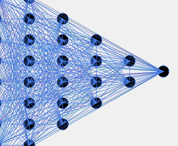 Zuckerman AI Fund at Technion
Zuckerman AI Fund at Technion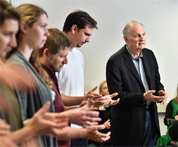 Alan Alda Communicating Science
Alan Alda Communicating Science Zuckerman Institute – ScienceAbroad
Zuckerman Institute – ScienceAbroad Zuckerman Institute – America-Israel Friendship League partnership
Zuckerman Institute – America-Israel Friendship League partnership
